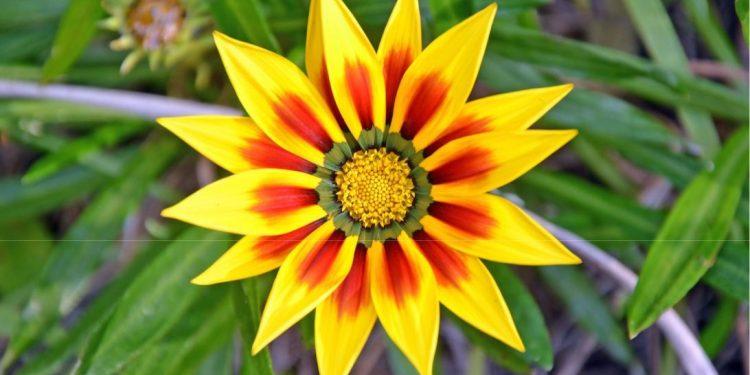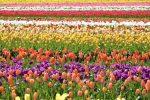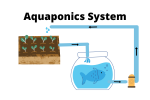Floral Culture Facts – How to Plant Flowers From Seed

All flowering plants produce flowers and fruits. These plant species are classified as members of the clade Angiospermae. The word “angiosperm” is derived from the Greek words aging and Sperma, meaning enclosed seeds. Moreover, all flowering plants have a long tradition, dating back hundreds of millions of years. This is the most common classification of flowering plants. Read on to learn about the history and characteristics of different kinds of floral plants.
Floral Plants evolved to use animals in their reproduction process. They develop fused parts that are specific in number and design. For example, some flowers have a petal with an inferior ovary, while others have no petals at all. These plants and flowers have evolved to rely on a particular animal to complete the reproductive process. These traits allow plants to conserve resources and create an ecologically beneficial ecosystem. Besides, many species of flowering plants are not just decorative but serve many other purposes.
Most flowers have four parts: petals and stamens. The petals are the male and female parts of the flower. The stamen and anther are the male and female parts of the flower, while the petals and sepals are the female part of the flower. Pollen produced by flowering plants is emitted by the anther. Despite the fact that the male and feminine parts of the flower are identical, the male and the female parts of the flowers have different colors.
The corolla is the next whorl toward the apex. The corolla is a thin, soft, and colorless flower. Pedicels connect petals and the peduncle. The apex of the flowering stem is called the receptacle or torus. The sympetalous flower has one flower, the calla lily has many. Inflorescences of small flowers are surrounded by a large petal-like bract.
Unlike most other plants, the flowers of Floral Plants have two types of flowers: anthers and petals. The anthers are the male flower, while the ovules are the female. The male and female flowers are characterized by long, thin filaments and a large stigma. Neither of these parts is made from anthers and stamens. The latter is made from seeds, which are also called a’stamen’.
Most flower species have a receptacle in which the flowers develop. A flower’s receptacle is the receptacle that the flower will occupy. The stamen is the reproductive part of the flower. The stigma is the male part of a plant, while the female is the pistil. During flowering, pollinators help the flowers produce seeds. This is why, in a floral species, there are pollinators.
The flower of a plant has three parts. The axis carries the essential reproductive organs and accessory reproductive organs. Its stem has been modified to accommodate the reproductive parts and attract pollinating insects. The flower is a specialized part of the plant. However, flowerings plants are more complicated than gymnosperms, and they have more intricate tissue structures. They are therefore called eudicots.
The flower is a part of a plant. Its parts are called petals, sepals, and stamens. The petals and sepals are separated by a central stalk. The perianth is the reproductive part of a flower. The perianth is a type of leaf, a stem, and a stalk. The stem is the most important part of a flower. Its leaves have several functions. The flowers are used in florist bouquets.
Flowers are incomplete or complete. The petals and sepals are both complete. The pistils and stamens are present in the center of a flower. The flower is also bisexual. It is also known as a monocot. In addition to these, many species of flowers are classified into different subfamilies. There are even dicots. These include ivy plants and the ivy family.
Periwinkles, also known as Peruvian lilies, are native to South America. They have blue, purple, and white flowers. They are popular in flower arrangements and are ideal for landscaping. In addition, periwinkles are often used for funerals because they symbolize sweetness. There are more than 30 varieties of this flower in the USA. The most beautiful ones are chosen according to their type and color.





